From The American Thinker:
August 16, 2010
The Tea Party and the Spider's Web
By Mark J. Fitzgibbons
Rick Cohen, a knowledgeable and well-qualified liberal writer for The Nonprofit Quarterly, wrote his first installment of what he says is a series about the legal structure (or lack thereof) of the Tea Party movement, entitled "The Starfish and the Tea Party."
Mr. Cohen's article poses the question, "What is the organizational structure of the Tea Party?" He goes on to discuss how the book, The Starfish and the Spider, which is about the success of leaderless organizations, purportedly plays a seminal role in the approach taken by Tea Partiers to their mission and movement.
From its inception, the mission of the Tea Party has confounded liberals, Democrats, establishment Republicans, most of the news media -- and just about everyone else whose positions and power rely on big government, or who consider The New York Times a reliable source of news. Mr. Cohen's structural review of the Tea Party seems to be the first major effort of its type by someone knowledgeable about nonprofit issues.
A very astute observer and an occasional critic of the mostly liberal nonprofit world, Mr. Cohen does a commendable job addressing the fact that the Tea Party movement is not organized structurally like the vast network of liberal nonprofit organizations.
For those not familiar with the liberal nonprofit network, some or even many of its members have a tendency to perceive nonprofits as "partners" with government. (Mr. Cohen has written about the arm's-length distance nonprofits need to be effective critics of government.) The election of President Obama was hailed by many in the liberal nonprofit community because he was perceived as "one of them."
Their big-government thinking about structures and their relationship to the government are quite distinct from the Tea Party's. For example, Tea Partiers generally would not accept government grants to perform functions, but many liberal nonprofits do, and in fact, the latter rely heavily on taxpayer money. Many large and liberal nonprofits supported the Stimulus bill, TARP, ObamaCare, etc. Those behemoth government programs were, on the other hand, rocket fuel for launching and growing the Tea Party.
Mr. Cohen writes for an overwhelmingly liberal nonprofit readership, and while he does a good job in his first piece, his and The Nonprofit Quarterly's slips show. For example, he refers to the Tea Party "[a]s a generally libertarian, anti-government movement."
That's a description apt for anarchists, but not the Tea Party. It's ridiculous to say the Tea Party is "anti-government." It is against unconstitutional, big government.
Some on the left, because of their ideological makeup, apparently aren't capable of understanding the difference. Even a writer as skilled as Mr. Cohen misleads readers and reinforces stereotypes by using lingo that is more propaganda than serious journalism.
The Tea Party stands in stark contrast to the world of liberal nonprofits. It is the embodiment of four rights protected by the First Amendment: speech, the press (publication), peaceable assembly, and petitioning the government for redress of grievances.
The liberal nonprofit world -- think-tanks, lawyers, activists, news organizations, and even the White House -- is established under often complex nonprofit tax, election, and state charitable solicitation laws. Those laws were created mostly by statists, the establishment, or the ruling class -- all birds of a feather.
Laws affecting nonprofit structures and activities are often used to suppress the free exercise of First Amendment rights and the competition of ideas. They create traps for the unwary, and even seasoned activists and long-established nonprofits often fall prey to their complexities. Tea Partiers I've spoken with about these laws are struck by their overreach.
Generally speaking, the nonprofit left is more comfortable in those regulatory confines. It's their "home field."
Some in the Tea Party may see a greater long-term benefit in the structural and regulatory entanglements with government by forming 501(c)(3) organizations, 501(c)(4) organizations, political action committees (PACs), or 527s. Others may not.
Mr. Cohen's concentration on how various Tea Parties are structured met some resistance:
Repeated attempts to speak to people at American Liberty Alliance, Freedom Works, the Tea Party Patriots, and the National Tea Party Federation, among others, [proved] unsuccessful, either because of no response after repeated tries, or no response from people who could answer our questions.
Tea Partiers, many of whom may be new to political activism, are nonetheless wise in the ways of the world.
As someone who deals with nonprofit structures and political advocacy, I can tell you that any number of big-government, regulation-minded statists will smell Mr. Cohen's journalistic efforts like chum in the water. They would like nothing more than to pull down some Tea Partiers for transgressions of tax-exempt, election, or other laws.
The way the left competes in the marketplace of ideas is to regulate it. To statists, bureaucrats and government lawyers are allies, if not heroes, in "la guerre."
Mr. Cohen does seem to engage in some goading in that direction:
One can imagine a Tea Party organization telling IRS or Federal Elections Commission field investigators to "bring it on," daring the government to go after them and their colleagues, and thereby transforming the tiny Tea Party groups into political martyrs. Going after any one or more of these self-identified Tea Party groups may mean that the individual components could go under. But they would likely be replaced by others, reformed from the ashes of those that fail, insulating them from a potential IRS or FEC legal attack.
Undoubtedly, those against whom the Tea Party has been effective would like to see the Tea Party go away -- or at least become tied up and hampered by investigations, audits, and the like. That would encumber the time, money, and attention of Tea Partiers, which would reduce their effectiveness and perhaps give the news media a sense of ecstasy equivalent to what they might experience in reaction to a conservative dying.
In other words, there is a spider's web waiting to ensnare the starfish Tea Party.
Monday, August 16, 2010
Subscribe to:
Post Comments (Atom)
.gif)



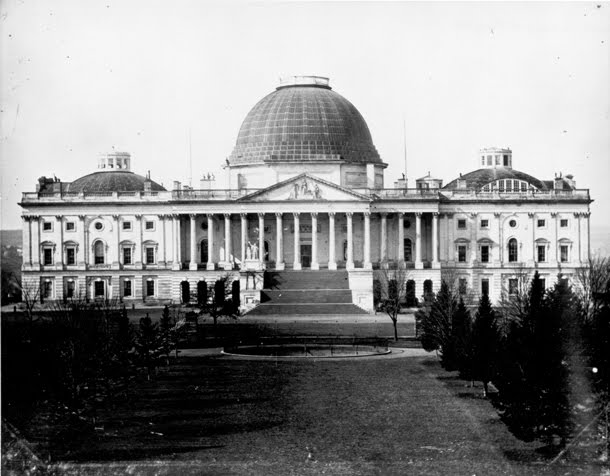









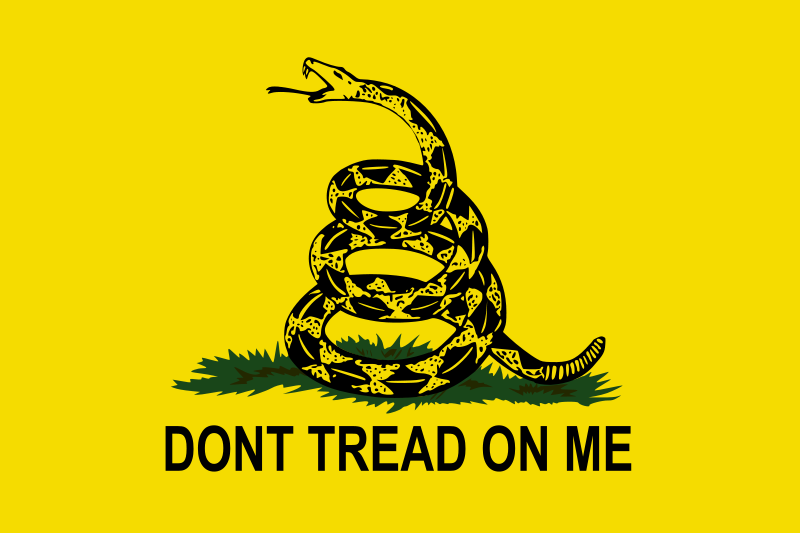
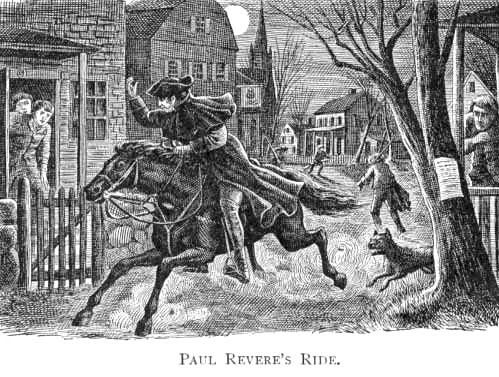

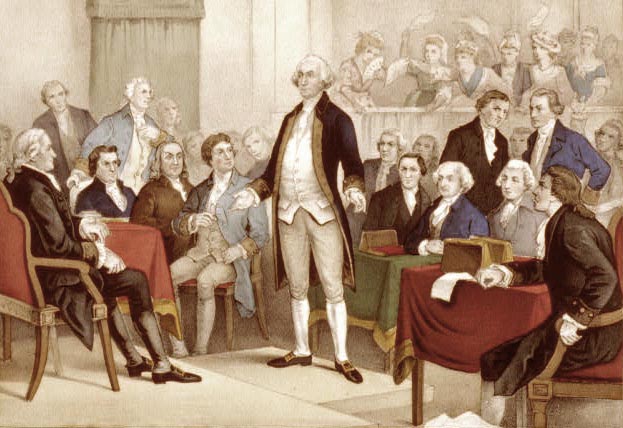

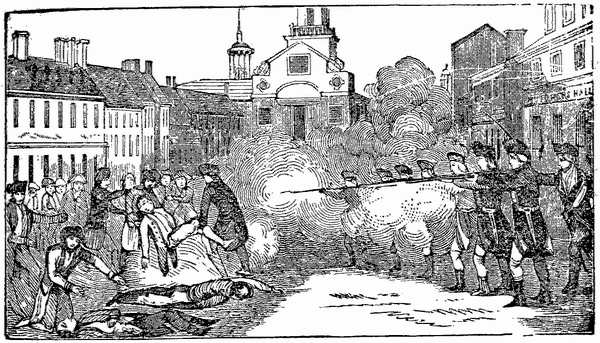
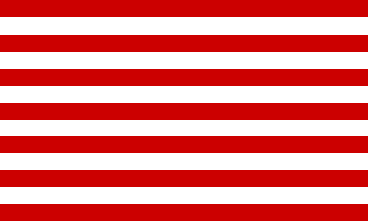
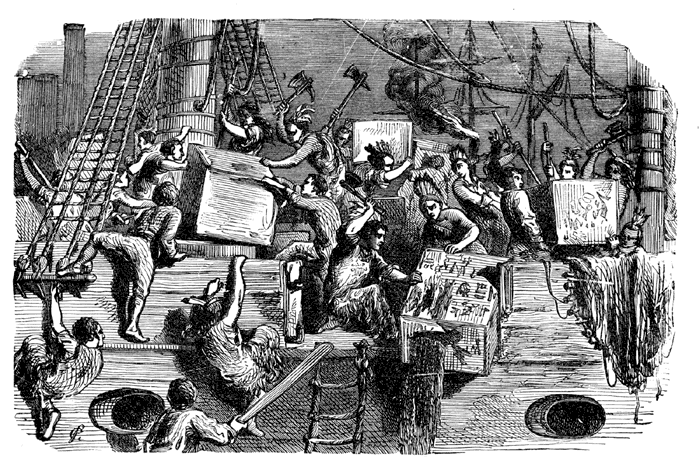




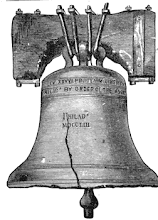




No comments:
Post a Comment